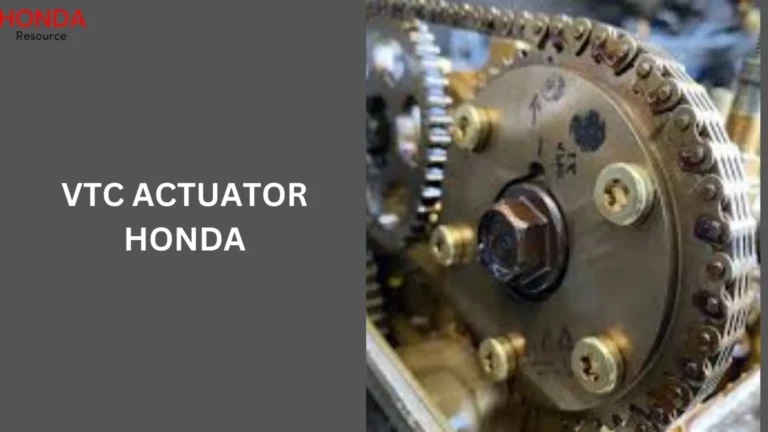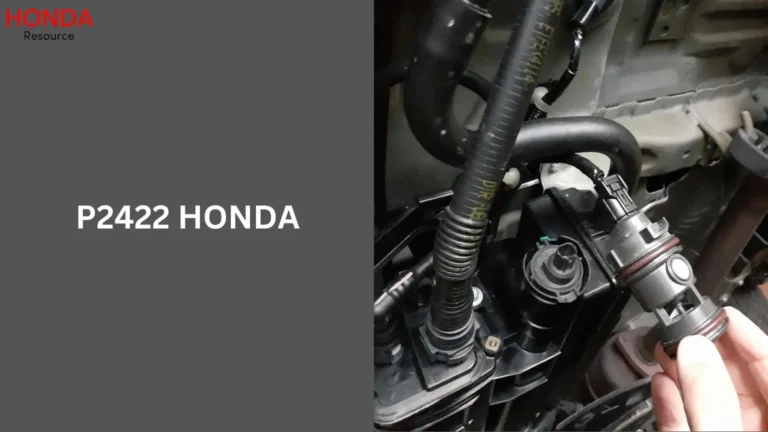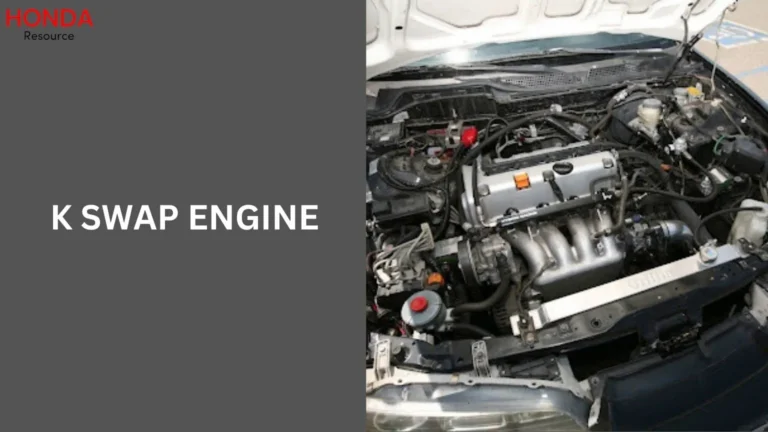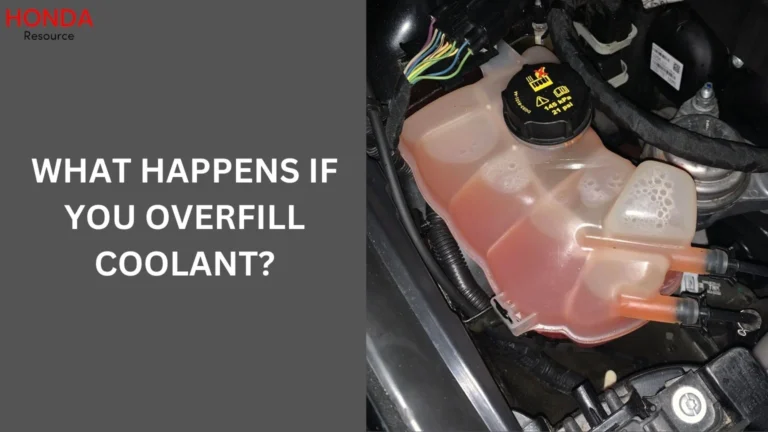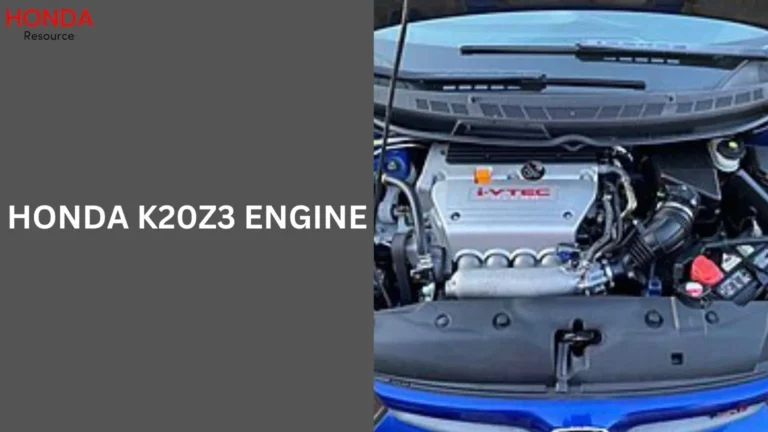Honda Pilot Emissions System Problem (Solutions Tips) 2024
The emissions system of your Honda Pilot plays a crucial role in reducing harmful pollutants released into the environment while ensuring optimal engine performance.
honda pilot emissions system problem, Understanding common issues and how to address them can help maintain your vehicle’s efficiency and compliance with environmental regulations.
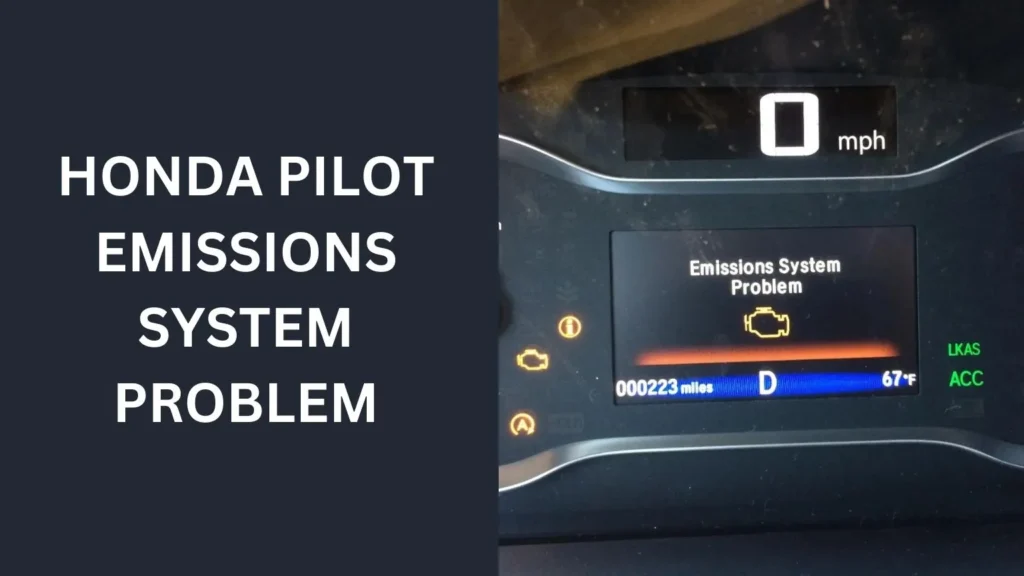
honda pilot emissions system problem
The Honda Pilot is renowned for its reliability and comfort, but like any vehicle, it requires regular maintenance, especially concerning its emissions system. This article explores the common problems associated with the Honda Pilot’s emissions system, providing insights into diagnostics, repairs, and preventive measures.
Common Emissions System Components
The emissions system of a Honda Pilot comprises several vital components, including the catalytic converter, oxygen sensors, EGR valve, and EVAP system. Each component plays a crucial role in reducing pollutants before they exit the exhaust system.
Several key components make up the emissions system of a Honda Pilot, each playing a vital role in reducing harmful exhaust emissions:
Catalytic Converter:
Function: Converts harmful pollutants such as carbon monoxide, hydrocarbons, and nitrogen oxides into less harmful gases through chemical reactions.
Location: Positioned within the exhaust system, typically close to the engine.
Oxygen Sensors (O2 Sensors):
Function: Monitor the oxygen levels in the exhaust gases and provide feedback to the engine control unit (ECU). This helps optimize fuel-air mixture for efficient combustion and reduces emissions.
Types: Typically, Honda Pilots have upstream (before the catalytic converter) and downstream (after the catalytic converter) oxygen sensors.
Exhaust Gas Recirculation (EGR) Valve:
Function: Recirculates a portion of exhaust gases back into the engine’s intake manifold to reduce combustion temperatures and lower nitrogen oxide emissions.
Importance: Helps improve fuel efficiency and reduce emissions during certain engine operating conditions.
Evaporative Emission Control System (EVAP):
Function: Prevents fuel vapors from escaping into the atmosphere. It stores and controls the release of fuel vapors from the fuel tank and fuel system components.
Components: Includes charcoal canister, purge valve, and various hoses that manage vapor flow.
PCV (Positive Crankcase Ventilation) Valve:
Function: Regulates the flow of gases from the crankcase back into the intake manifold. This helps prevent the buildup of harmful gases and maintains engine performance.
Maintenance: Regular inspection and replacement ensure proper functioning to minimize emissions.
Signs of Emissions System Problems
Identifying emissions system issues early is key to preventing costly repairs and maintaining vehicle performance. Look out for dashboard warning lights related to emissions, such as the check engine light, and pay attention to any changes in vehicle performance or unusual sounds.
Causes of Emissions System Problems
Several factors can contribute to emissions system malfunctions in a Honda Pilot, including vehicle age, high mileage, environmental conditions, and driving habits. Understanding these factors can help pinpoint the root cause of the issue.
Diagnostic Steps
When faced with emissions system problems, it’s essential to conduct thorough diagnostics. Using an OBD-II scanner can retrieve specific fault codes that indicate which component or system is experiencing issues. Additionally, visual inspections and component testing can further pinpoint the problem.
When faced with emissions system problems in your Honda Pilot, follow these diagnostic steps to identify the issue quickly and accurately:
- Check Engine Light: Start by checking if the check engine light is illuminated. This indicator often signals emissions-related issues.
- OBD-II Scanner: Use an OBD-II scanner to retrieve fault codes from the vehicle’s computer system. These codes provide specific information about which component or system is malfunctioning.
- Visual Inspection: Conduct a visual inspection of the emissions system components, including the catalytic converter, oxygen sensors, and exhaust system, for any visible signs of damage, corrosion, or leaks.
- Component Testing: Perform diagnostic tests on critical components such as oxygen sensors and the catalytic converter to assess their functionality. This may involve measuring sensor voltages or performing a backpressure test on the exhaust system.
Common Emissions System Fault Codes
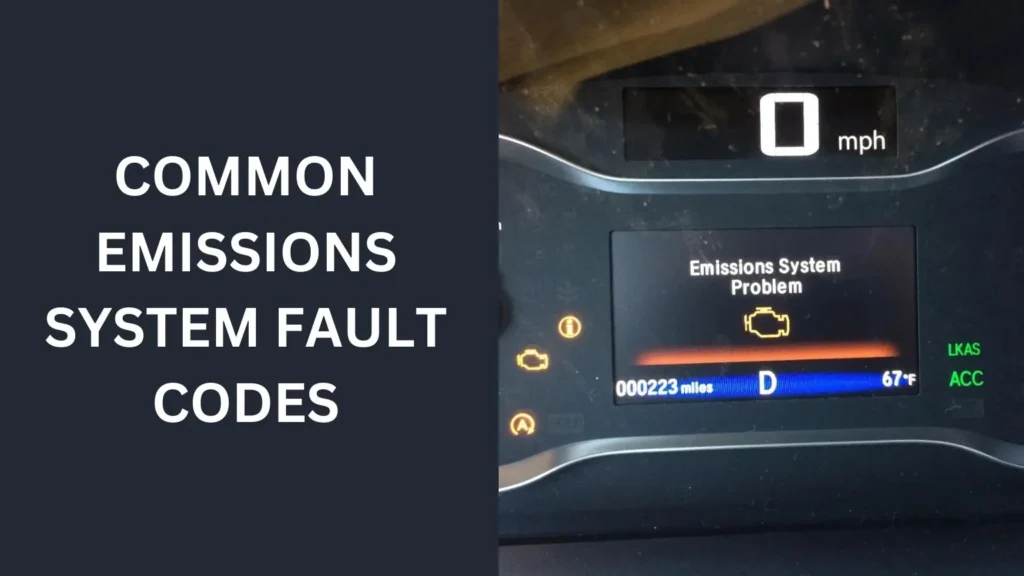
Fault codes like P0420 (Catalyst System Efficiency Below Threshold) and P0430 (Catalyst System Efficiency Below Threshold Bank 2) are common indicators of emissions system problems in Honda Pilots. These codes typically point to issues with the catalytic converter or oxygen sensors.
Repair and Maintenance
Regular maintenance of your Honda Pilot’s emissions system is crucial for optimal performance. This includes periodic inspections, replacing worn-out components like oxygen sensors or the catalytic converter, and addressing any leaks or faulty connections promptly.
Professional Repair vs. DIY Solutions
While some emissions system issues can be tackled with DIY solutions, such as replacing oxygen sensors, more complex problems may require professional intervention. Knowing when to seek expert help can prevent further damage and ensure proper repairs.
Cost of Repair
The cost of repairing emissions system issues in a Honda Pilot can vary widely depending on the extent of the problem, the specific component needing repair or replacement, and labor costs. It’s advisable to budget for potential repairs and consider investing in preventive maintenance.
Impact on Vehicle Performance and Environment
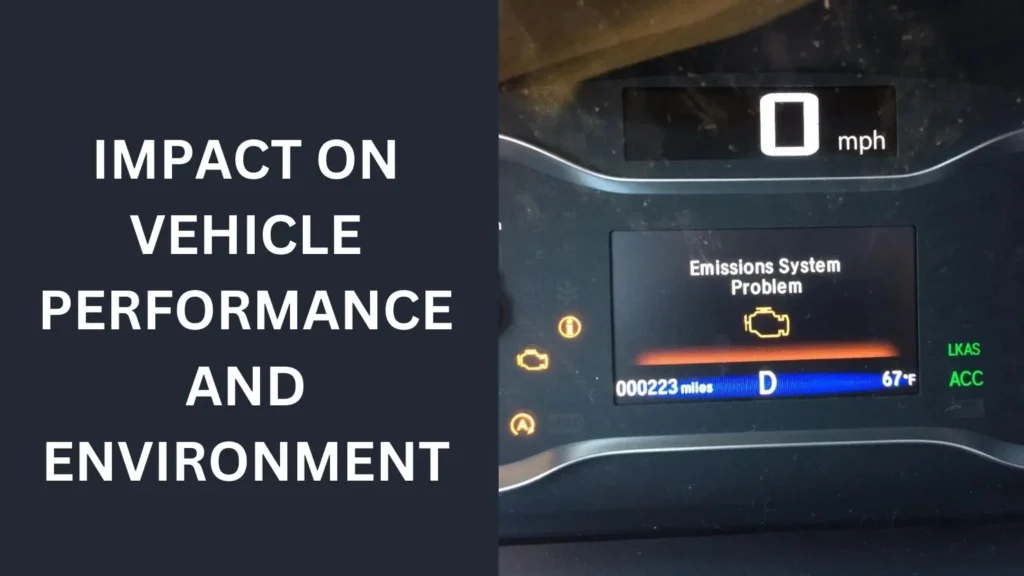
A malfunctioning emissions system not only affects the performance and fuel efficiency of your Honda Pilot but also contributes to increased emissions of harmful pollutants. Addressing these issues promptly is essential for both vehicle longevity and environmental sustainability.
Legal Implications
Ensuring your Honda Pilot’s emissions system complies with local environmental regulations is crucial. Non-compliance can lead to fines or restrictions on vehicle use, highlighting the importance of maintaining a properly functioning emissions system.
Tips for Preventing Emissions System Problems
To avoid costly repairs and ensure your Honda Pilot runs smoothly, adhere to recommended maintenance schedules, use quality fuel, and adopt driving habits that promote fuel efficiency. Regular inspections and proactive repairs can extend the life of your vehicle’s emissions system.
To avoid costly repairs and ensure your Honda Pilot’s emissions system remains in top condition, consider the following preventive tips:
- Regular Maintenance: Adhere to the manufacturer’s recommended maintenance schedule for your Honda Pilot. Regular inspections can help detect potential issues early.
- Use Quality Fuel: Opt for high-quality fuel to reduce the risk of fuel system deposits and ensure efficient combustion, which can help prolong the life of emissions system components.
- Drive Sensibly: Avoid aggressive driving behaviors such as rapid acceleration and sudden braking. Gentle driving can reduce stress on the emissions system components.
- Keep Air Filter Clean: Replace the air filter at regular intervals as recommended in your vehicle’s maintenance schedule. A clean air filter ensures proper airflow to the engine and supports efficient combustion.
- Monitor Fluid Levels: Regularly check and maintain appropriate levels of engine oil, coolant, and transmission fluid. Proper fluid levels contribute to overall engine health and performance.
- Address Check Engine Lights Promptly: If the check engine light related to emissions or any other component comes on, have your Honda Pilot inspected promptly to prevent potential damage.
- Avoid Overloading: Do not exceed the vehicle’s maximum load capacity, as excessive weight can strain the engine and emissions system, leading to increased wear and potential issues.
- Park in Shade: Whenever possible, park your Honda Pilot in shaded areas to minimize exposure to extreme temperatures, which can affect emission system components.
People also ask
What does the emissions system problem mean for a Honda Pilot?
An emissions system problem on a Honda Pilot typically refers to issues with components responsible for controlling and reducing harmful exhaust emissions. Common problems include malfunctioning parts like the catalytic converter, oxygen sensors, or valves, which can trigger warning lights on the dashboard. Addressing these issues promptly is crucial to maintaining vehicle performance, fuel efficiency, and environmental compliance.
Can I drive with an emission system problem?
Driving with an emissions system problem in your Honda Pilot is generally not recommended. While some minor issues may not immediately affect drivability, unresolved problems can lead to decreased engine performance, reduced fuel efficiency, and potential harm to other engine components. Moreover, continued driving with emission system faults may result in non-compliance with environmental regulations and could lead to more extensive and costly repairs over time. It’s advisable to have the issue diagnosed and repaired promptly by a qualified mechanic.
How to fix an emission system problem?
Fixing an emissions system problem in your Honda Pilot typically involves several steps:
Diagnosis: Use an OBD-II scanner to retrieve error codes and identify the specific issue affecting the emissions system.
Component Inspection: Inspect components such as the catalytic converter, oxygen sensors, EGR valve, and EVAP system for damage, leaks, or malfunctions.
Repair or Replacement: Depending on the diagnosis, repair or replace faulty components. This may include replacing sensors, cleaning or replacing the catalytic converter, or fixing leaks in the EVAP system.
Clear Codes: After repairs, use the OBD-II scanner to clear any stored error codes and reset the check engine light.
Test Drive and Monitor: Take your Honda Pilot for a test drive to ensure the issue is resolved. Monitor the vehicle for any recurrence of the emissions system problem.
What does the emission system problem mean for a Honda?
An emission system problem on a Honda typically indicates issues with components designed to control and reduce harmful exhaust emissions. Common problems may involve the catalytic converter, oxygen sensors, or EVAP system, which can trigger warning lights like the check engine light on the dashboard. Addressing these issues promptly is crucial to maintaining vehicle performance, fuel efficiency, and complying with environmental regulations.
Conclusion
In conclusion, understanding and addressing emissions system problems in your Honda Pilot are essential for vehicle performance, environmental responsibility, and legal compliance. By staying proactive with maintenance and prompt with repairs, you can enjoy a reliable and eco-friendly driving experience.

I’m Henry Leclerc, a passionate professional car mechanic with a deep love for Honda cars. With years of hands-on experience and extensive knowledge about all Honda car models, I’ve created this website to share my expertise and help fellow Honda enthusiasts keep their vehicles in top-notch condition.

